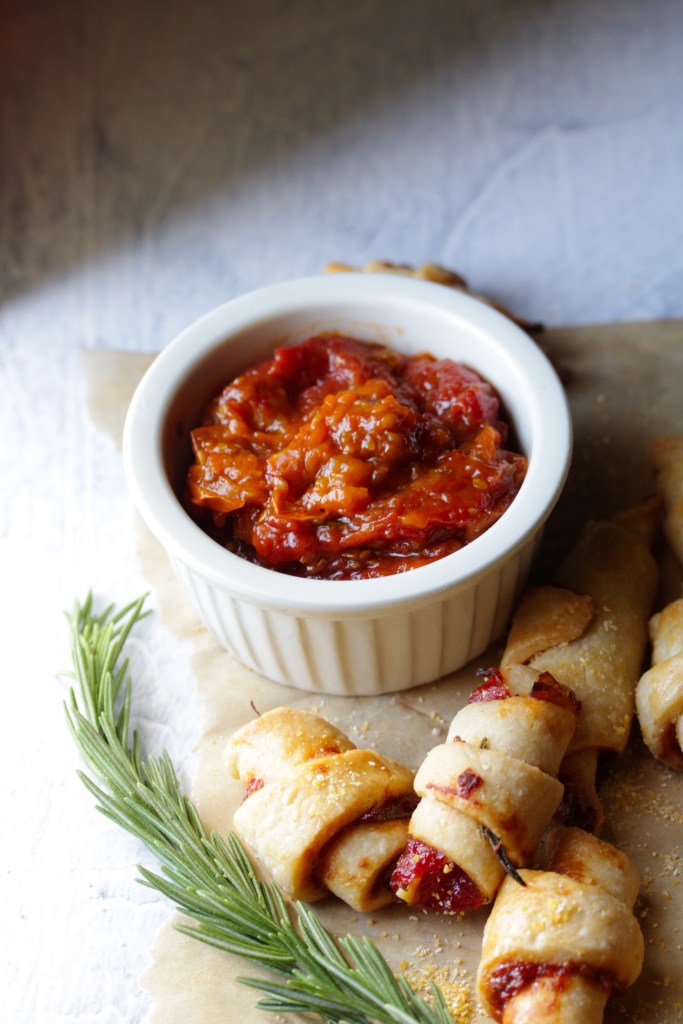
I’m a teeny bit late, but I’ve some good news to share with you which will totally explain my lack of updating the blog. A few months ago I became a full-time VaynerMedia content creator and my first client (hi Wegmans!) has me workin’ my tuchus off. Which I’m lovin’! but I don’t have much time to work on my own recipe developing at the moment. Whatever recipe I shoot for them I end up feeding the family with (which is a win), and it was only a couple of weeks ago that I started to have a day or two to myself to throw things in a pot and have the pot do all the work while I used that time editing content. This Cholent is one of them.

Reminiscent of our stewed pot of beans which simmers in a tomato broth with flavors of sofrito and sazón, let’s call this the much heartier, Jewish version. Packed with barley, bone-in meat, and vegetables, one bowl of this will probably keep you satisfied for the day–which is the intent. Cholent was created because Jewish law prohibited cooking on Shabbat. But this recipe doesn’t take as long as a traditional cholent which is cooked on low over night for 10-12 hours. If Jake Cohen can cut time short (a little too short in my opinion) on his cholent, so can I. I’m not big on leaving my stove on unattended in an ancient Manhattan building. (But if you don’t soak the beans and add more than this recipe calls for, then yes, cook longer if need be!)

Puerto Rican Cholent
Ingredients
- 1 cup dried navy/cranberry/pinto beans soaked over night
- 2 lb flanken or other meat of choice bone-in preferred
- 4 tbsp tomato paste
- 2 heaping tbsp sofrito
- 1.5 tbsp organic sazón
- 2 bell peppers chopped
- 2 med yukon or red potatoes quartered
- 1 yucca (or another potato)
- 1.5 cup pumpkin/squash/sweet potato
- 2-3 whole eggs optional
- 3 sprigs thyme or oregano
- 8 cups beef broth plus water if needed
- 1 cup barley
- salt and pepper to taste
- cilantro to taste
Instructions
- Preheat oven to 300 degrees. Sear flanken in batches. Return to pot and add tomato paste, sofrito, and sazón. Saute a couple of minutes, until paste has caramelized a bit and the flanken is wonderfully scented.
- Add in the beef stock, scraping up the brown bits. Stir in the beans, potatoes, herbs, salt and pepper. Bring to a simmer, skimming the foam that rises to the top for the first 10 minutes. Cover with a lid and place it in the oven for 5 hours, checking occasionally to see if it needs to be skimmed or if it needs more liquid.
- After the 4th hour, add in the barley, yucca, and pumpkin and return to the oven again for another hour or more. Add more liquid for desired consistency.
Notes






















